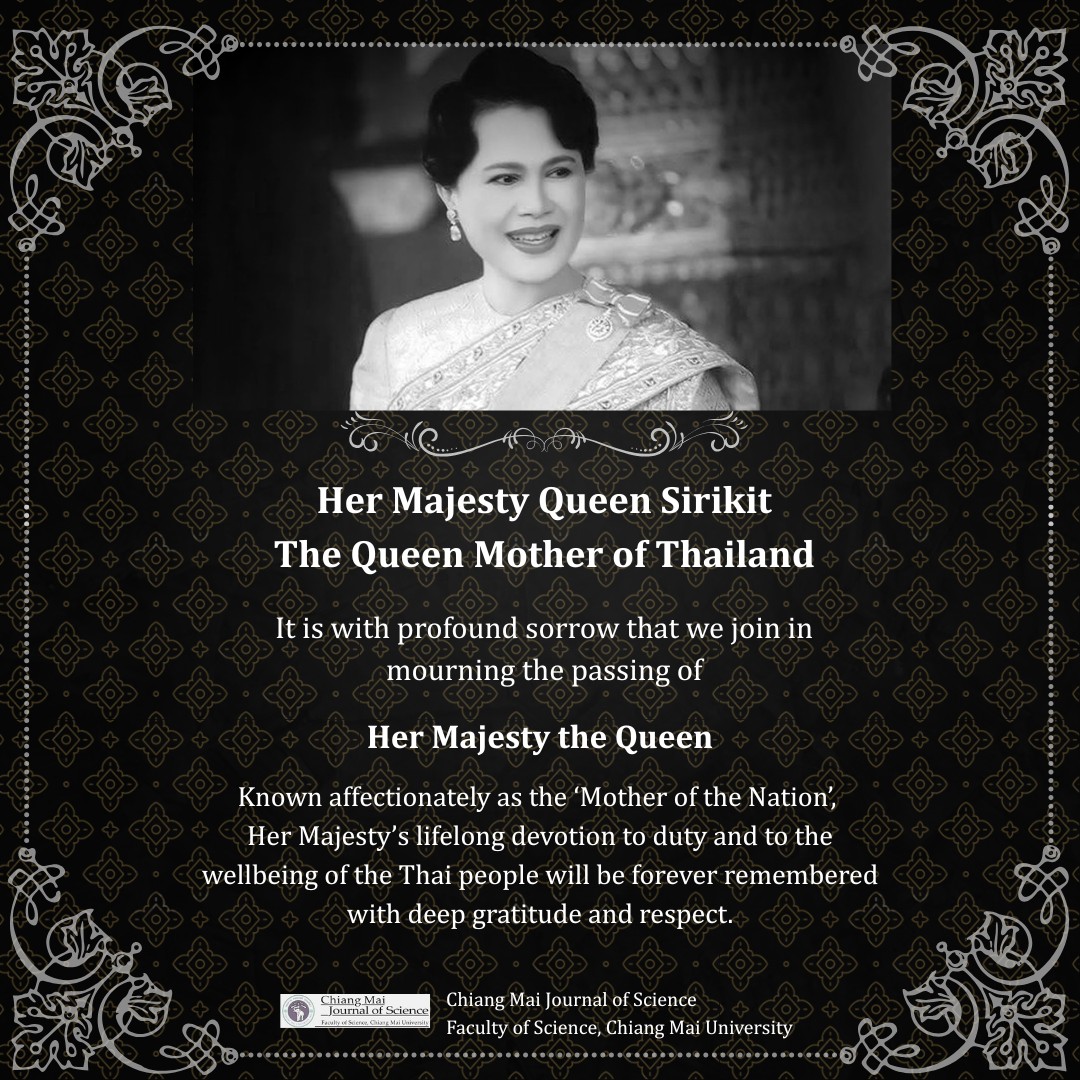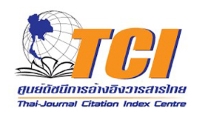JOURNAL DETAIL
Challenges in Water Supply and Sanitation Sector Development in Asian Countries : The Future Perspective
Paper Type |
Contributed Paper |
Title |
Challenges in Water Supply and Sanitation Sector Development in Asian Countries : The Future Perspective |
Author |
Chongrak Polprasert* and Kusumakar Sharma |
Email |
chongrak@ait.ac.th |
|
Abstract: The United Nations Millennium Development goal is to halve by 2015 the proportion of people living in extreme poverty or unable to have access to safe drinking water and adequate sanitation. This paper deals with the present scenario of water supply and sanitation facility in Asian developing countries with a holistic insight to future trend. Currently, one third of the Asian population are lacking safe water supply and half of the are without adequate sanitation facilities. The goal of achieving sustainable development and health improvement of the people could be attained through collective implementation of the three components, namely: water supply, sanitation and hygiene education/ awareness.
The challenges facing the water supply jand sanitation sector in the years to come include keeping pace of development with net population growth, closing the coverage and services gap (with emphasis on sanitation which lags considerably behind water supply) and improving the quality of services. In order to meet these challenges, a public-private partnership model which emphasizes the outmost contribution from each stakeholder is necessary. The challenging issue of water supply and sanitation are not only related to scarcity of financial resources, but also development of appropriate technologies that underline the principle of sustainable development and hygiene education/ awareness. While the role of government as facilitator rather than implementer is important, with active community involvement in the sector development, the role of private sector is equally important in financial investment and developing appropriate technologies. The implementation of demand-driven programs with active community participation enhances the program sustainability. This holistic approach of developing water supply and sanitation sector is intended ultimately for the betterment of human health and environmental condeitions. |
|
Start & End Page |
165 - 173 |
Received Date |
2003-03-30 |
Revised Date |
|
Accepted Date |
2003-05-12 |
Full Text |
Download |
Keyword |
safe drinking water, adequate sanitation |
Volume |
Vol.30 No.3 (DECEMBER 2003) |
DOI |
|
Citation |
Polprasert* C. and Sharma K., Challenges in Water Supply and Sanitation Sector Development in Asian Countries : The Future Perspective, Chiang Mai Journal of Science, 2003; 30(3): 165-173. |
| View:841 Download:255 | |
Copyrights © Since 2021 All Rights Reserved by Chiang Mai Journal of Science










